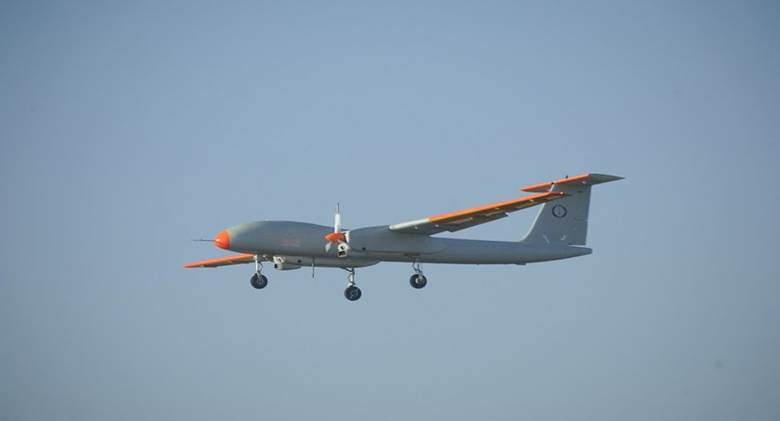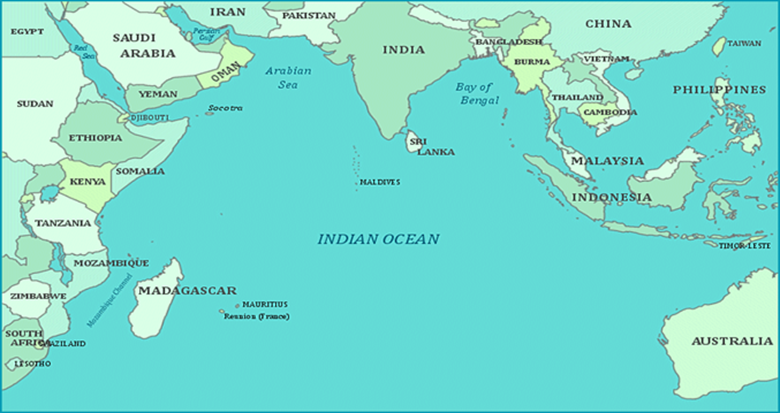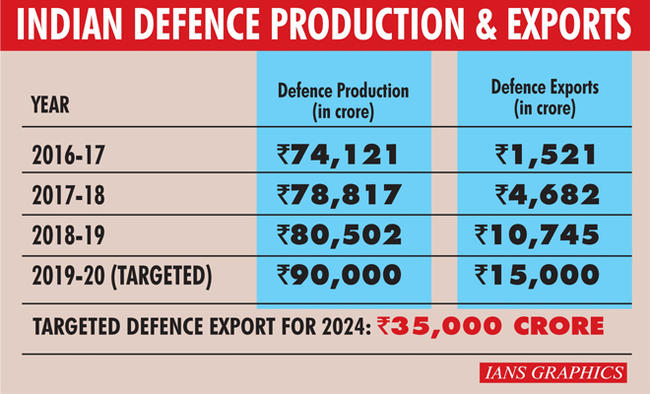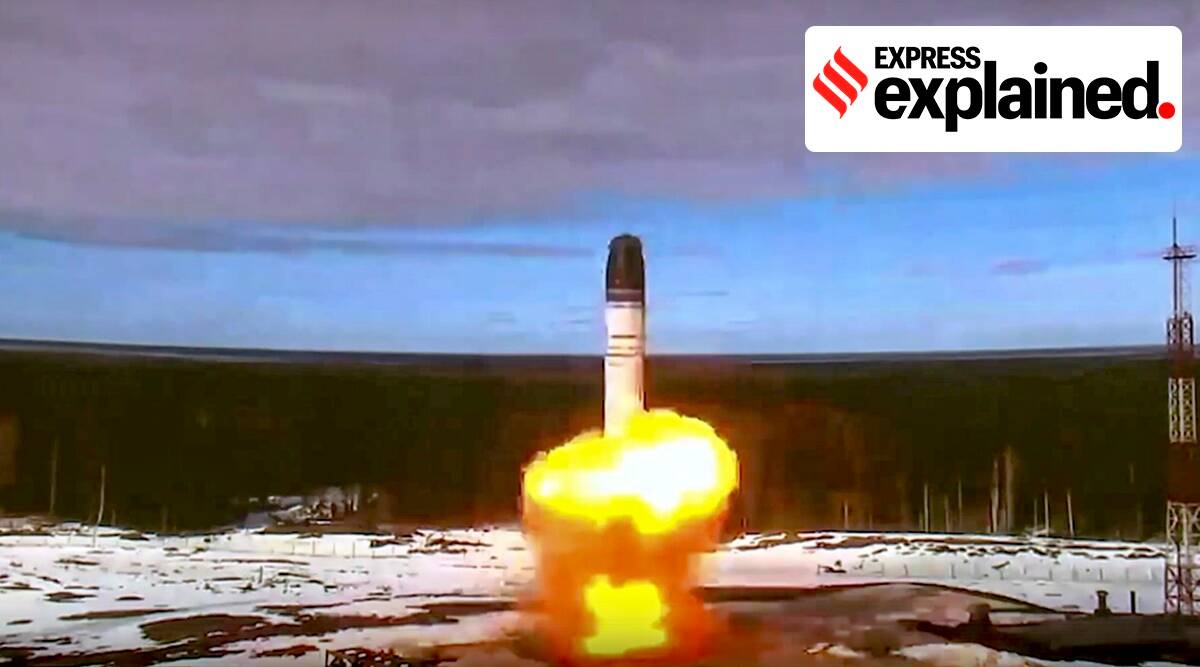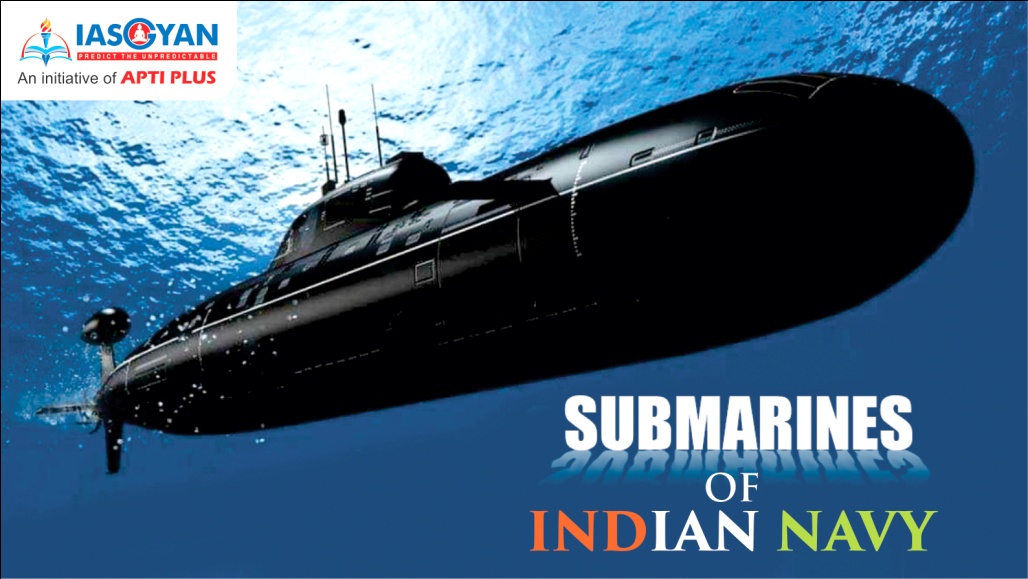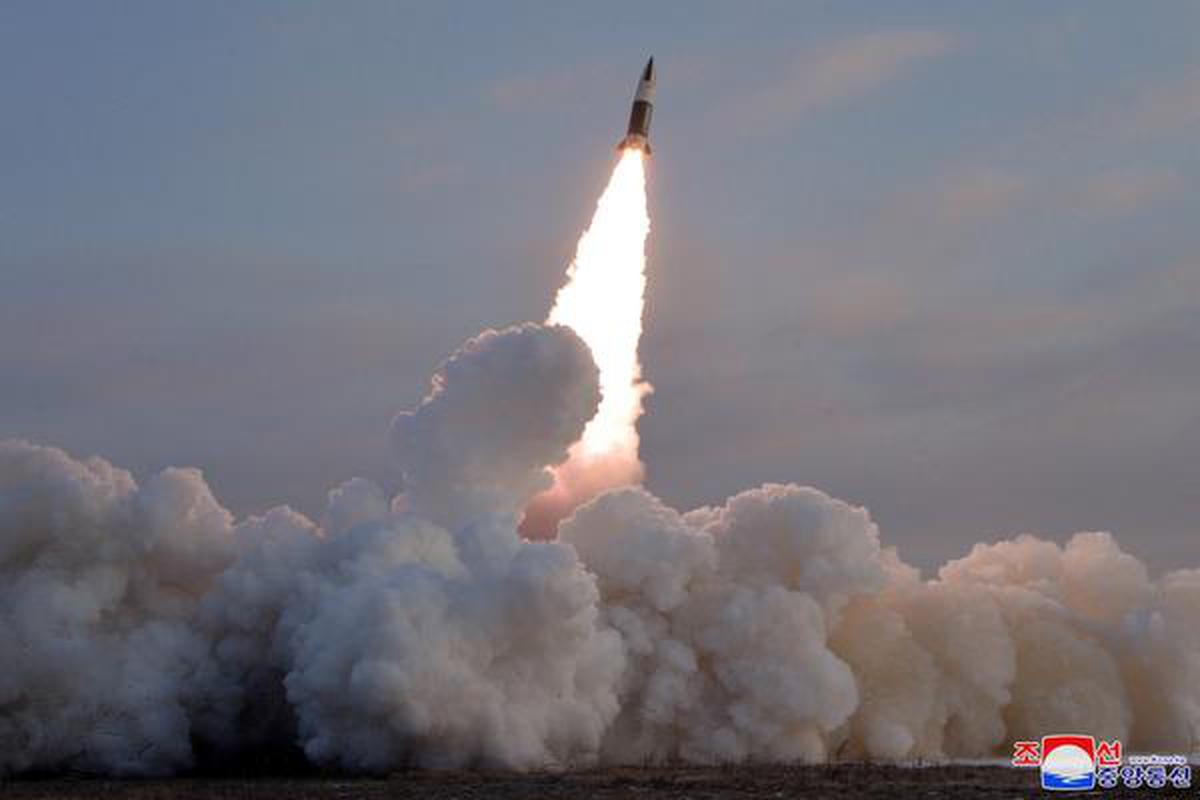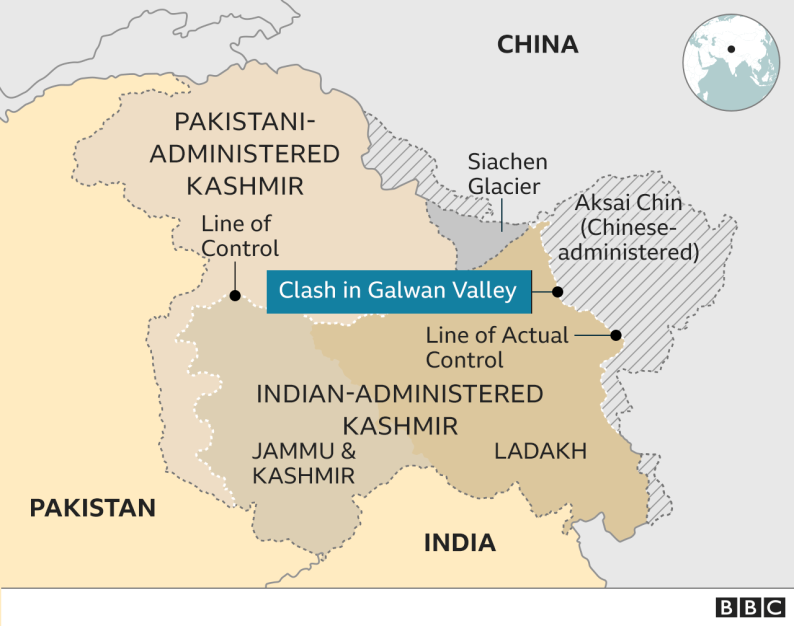Description
Context: Indian Navy’s fifth Kalvari-class Diesel Electric attack submarine INS Vagir was launched at Mazgaon Dock in Mumbai.
This modern and stealthy class of submarines having been built under Project 75 and whose design is based on the Scorpene class of the submarines.
Kalvari-class background
- Indian Naval Ship (INS) Vagir, is the fifth among the six Kalvari-class submarines being constructed by the public sector shipbuilder Mazagon Dock Ltd (MDL) in Mumbai.
- The other vessels in the class are INS Kalvari, INS Khanderi, INS Karanj, INS Vela and INS Vagsheer.
- Of these Kalvari and Khanderi have been commissioned in 2017 and 2019, Vela and Karanj and undergoing sea trials, Vagir has now been launched and Vagsheer is under construction.
- Like Kalvari – which means Tiger Shark, Vagir has been named after a Sand Fish, a predatory marine species.
- Khanderi has been named after an Island Fort built by Chhatrapati Shivaji, which played a key role in his Navy.
- Karanj has also been named after an Island located South of Mumbai.
Technical details
- The design of Kalvari class of submarines is based on Scorpene class of submarines designed and developed by French defence major Naval Group formerly DCNS and Spanish state owned entity Navantia.
- This class of submarines have Diesel Electric transmission systems and these are primarily attack submarines or ‘hunter-killer’ type which means they are designed to target and sink adversary naval vessels.
- The Kalvari-class submarines have capability of operating in a wide range of Naval combat including anti-warship and anti-submarine operations, intelligence gathering and surveillance and naval mine laying.
- These submarines are around 220 feet long and have a height of 40 feet. It can reach the highest speeds of 11 knots when surfaced and 20 knots when submerged.
- The modern variants of the Scorpence class of submarines have what is called the Air Independent Propulsion (AIP), which enables non-nuclear submarines to operate for a long time without access to surface oxygen.
- The Kalvari class of submarines are capable of launching various types of torpedoes and missiles and are equipped with a range of surveillance and intelligence gathering mechanisms.
Strategic importance
- India currently operates one submarine each in nuclear powered Classes of Chakra and Arihant and in addition to 14 submarines belonging to three classes of Diesel Electric category — Kalvari, Shishumar and Sindhughosh, some of which are ageing.
- The nuclear powered and diesel electric submarines have their designated roles in the Carrier Battle Groups, which are formations of ships and submarines with Aircraft Carriers at the lead role.
- As per the basic principles of submarine deployment and minimum requirement for India to create a strategic deterrence, there is a specific number of submarines of both types that India needs to have in active service.
- Currently India has less number of submarines than what is required with some more of those from both types being at various stages of construction.
- In the late 1990’s, around the time of Kargil war, a three decade plan took shape for indigenous construction of submarines which is known to have two separate series of submarine building lines – codenamed Project 75 and Project 75I — in collaboration with foreign entities.
https://indianexpress.com/article/explained/explained-a-look-at-kalvari-class-of-submarines-and-its-strategic-significance-7049172/




